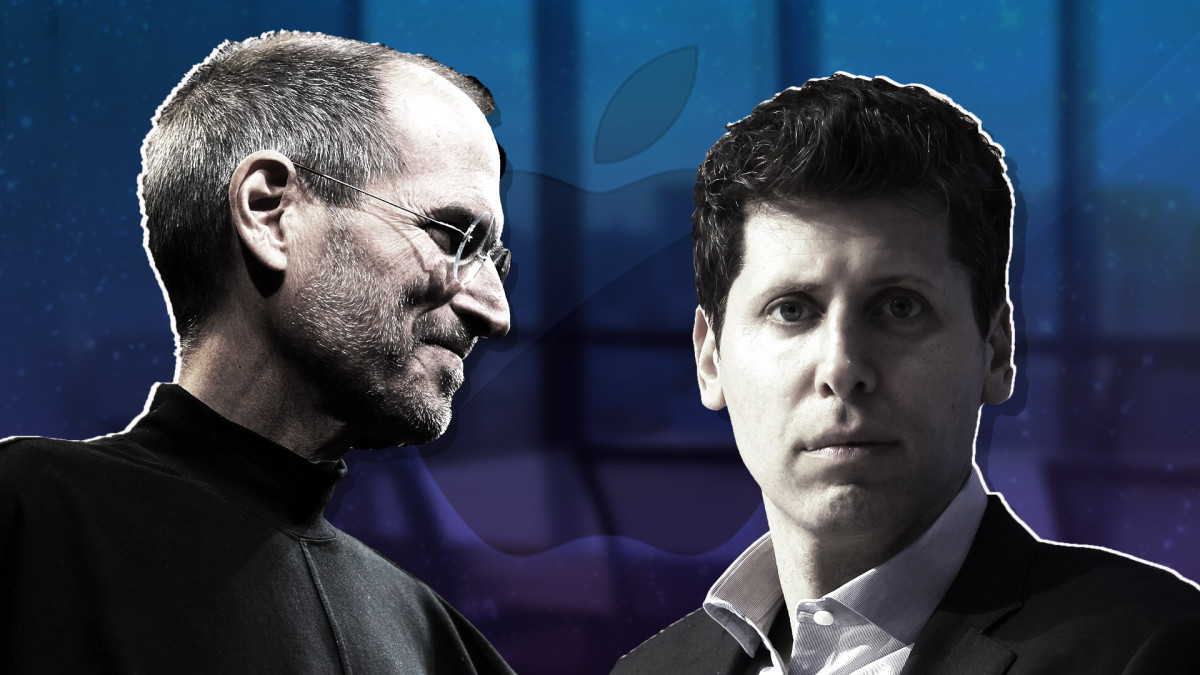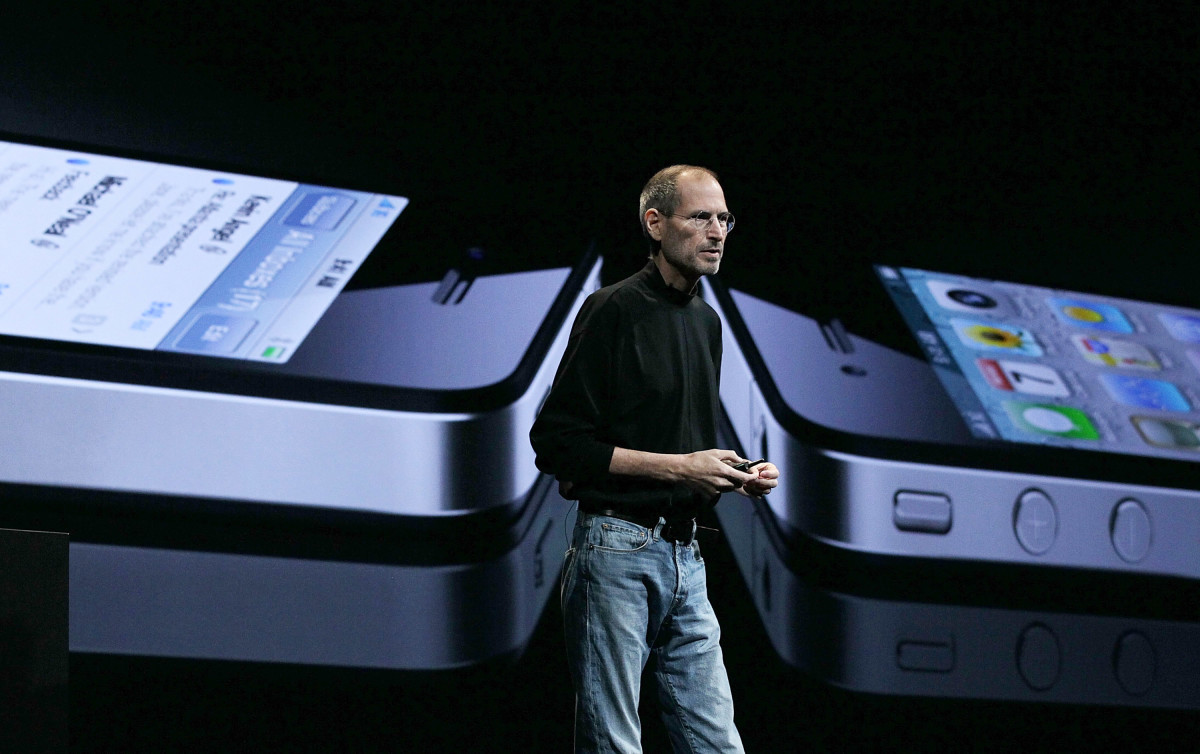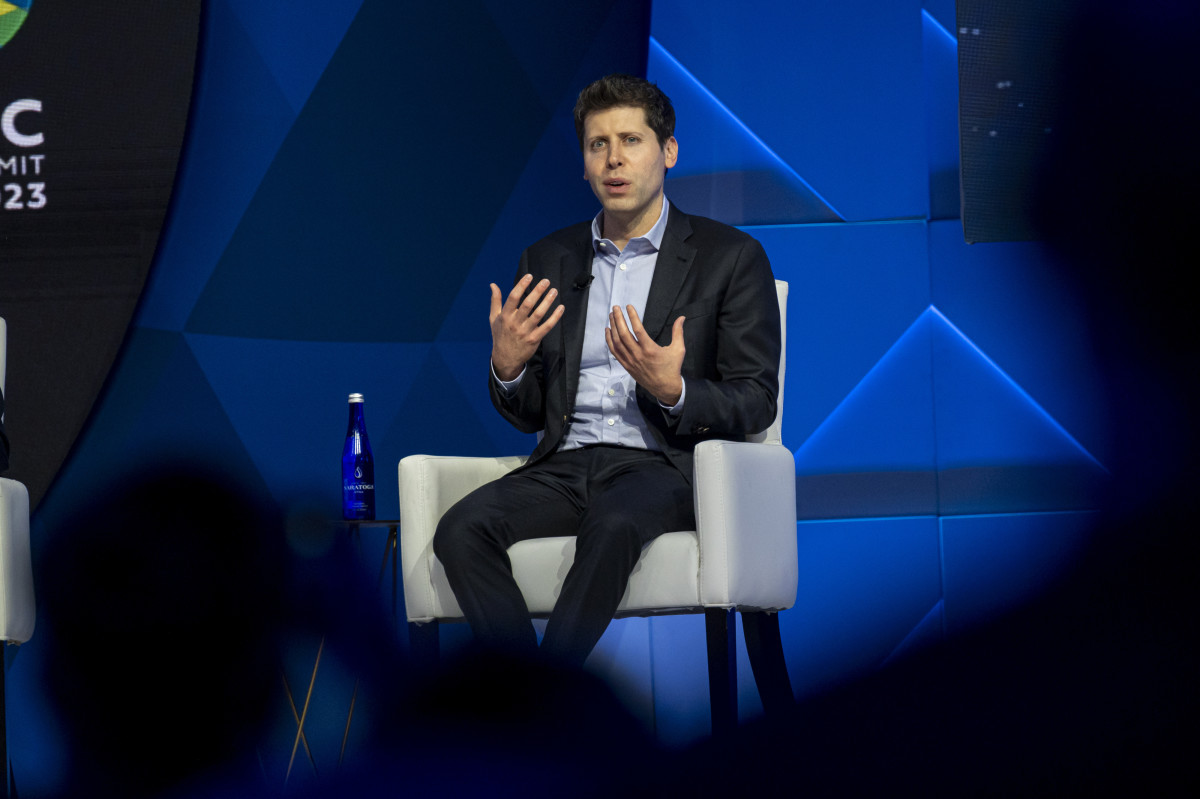
The tech startup OpenAI, creator of the artificial intelligence phenom ChatGPT, fired its co-founder and CEO Sam Altman in a surprise move Nov. 17. The board cited a lack of candor in Altman's communications that hindered its ability to see to its responsibilities as the reason behind the move.
Key investors, including Microsoft (MSFT) -), whose $13 billion investment granted the software giant a 49% stake in the company, were not informed of the decision until moments before the announcement.
Almost immediately after the ouster, Altman entered into negotiations with the board to discuss potentially returning to the company; these negotiations, however, broke down and Microsoft CEO Satya Nadella announced before market open Monday that Altman would be heading up a new AI division at Microsoft.
Related: Prominent tech chief says Microsoft is not the real winner in OpenAI 'disaster'
The saga, however, remains in motion. Nadella said Monday that he would be open to Altman returning to his former position at OpenAI, a possible vote of support for the letter signed by around 95% of OpenAI's 770 employees that has demanded the resignation of the board and the reinstatement of Altman.
Many were quick to point out the similarities between Altman's ouster and subsequent leadership movements within Microsoft, and those of the late visionary Steve Jobs, who was ousted by Apple (AAPL) -) in 1985 before returning to lead the company more than a decade later.
"Sam Altman returning to OpenAI after a day is like Steve Jobs returning to Apple after 12 years, but for the TikTok generation," Matt Turck, a venture capitalist at FirstMark Capital, said in response to the news.
Steve Jobs' ouster and return to Apple
When Jobs and his partner Steve Wozniak started Apple out of their garage in 1976, the pair recognized their lack of corporate expertise and built out a board of business experts to help guide the company. Jobs wanted the chief executive spot, but the board pushed back due to his famously harsh way with people.
In 1983, Jobs recruited then-PepsiCo CEO John Sculley to take over the reins at Apple. Two years later, Jobs and Sculley clashed over softer-than-expected sales from two new products, the Lisa and the Macintosh, and Sculley moved Jobs out of the Macintosh product group.
Jobs, upset over the move, immediately complained to the board.

The actual story of what happened next has become somewhat lost to history; Jobs said that he was fired after ranting to the board. Sculley said that he quit shortly after the incident.
Either way, Jobs was no longer at Apple, the company he had co-founded.
The next dozen years saw Apple begin to flounder as Jobs went on to found NeXT, a high-end computer company. Apple CEO Gil Amelio decided to acquire NeXT in 1997 for $429 million, bringing Jobs back home.
In June of that year, after Apple's stock fell to a 12-year low, Jobs convinced the board to fire Amelio and became the company's interim CEO.
Apple in 1998 launched the highly successful iMac computer, and by 2000, Jobs had become the company's official chief executive.
Apple launched its revolutionary iPhone in 2007, just four years before Jobs' death.
Related: Top analyst says this CEO is the most impactful tech exec since Steve Jobs
Sam Altman's saga compared to Steve Jobs
While the story is not yet finished, there are certain similarities between the two ousters: both Altman and Jobs had disagreements with their respective boards.
In Jobs' case, the topic of this disagreement is clear. With Altman, it remains a mystery.
OpenAI's co-founder and chief scientist, Ilya Sutskever, told staff Monday that the board viewed the removal of Altman as their "only path" to maintaining the company's mission.
Sutskever, who was reportedly instrumental in the push, later changed tack and said Monday that he deeply regrets his "participation in the board's actions."
"I never intended to harm OpenAI. I love everything we've built together and I will do everything I can to reunite the company."
Part of the complexity around this stems from the fact that OpenAI is not the same kind of company Apple was. OpenAI started in 2015 as a nonprofit; in 2019, the company morphed into a hybridized "capped profit" corporation, wherein the OpenAI LLC is led by a nonprofit board.

The company reiterated in June that the board's responsibility is not to its shareholders, but to humanity. Each director on the board must adhere to the company's mission of creating and aligning safe artificial general intelligence, a hypothesized AI that would have human-level intelligence.
Another key difference is the reaction of the staff. When Jobs left Apple, the company plugged along for more than a decade before his triumphant return. Days after Altman left OpenAI, the bulk of the company's workforce leveraged threats of widespread resignation in an attempt to get Altman reinstated.
It remains to be seen whether Altman's journey will mirror Jobs' with a reinstatement to OpenAI, rather than a new leadership position at Microsoft. It further remains to be seen whether such a possible reinstatement would push the company into the kind of massive success that Jobs achieved shortly after coming home to Apple.
The Information reported Saturday that a planned sale of OpenAI employee shares that would have valued the company at $86 billion is now in jeopardy. The company's investors, according to Reuters, are exploring legal options against the board.
Microsoft shares, which hit a 52-week high Nov. 20, fell slightly Nov. 21.
Contact Ian with tips via email, ian.krietzberg@thearenagroup.net, or Signal 732-804-1223.
Get investment guidance from trusted portfolio managers without the management fees. Sign up for Action Alerts PLUS now.







